Rising Incidence of Cancer
The increasing prevalence of cancer worldwide is a primary driver for the Compounding Chemotherapy Market. According to recent statistics, cancer cases are projected to rise significantly, with estimates suggesting that by 2030, there could be over 21 million new cancer cases annually. This surge necessitates tailored chemotherapy solutions, which compounding pharmacies are well-positioned to provide. As healthcare systems strive to meet the growing demand for personalized treatment regimens, the compounding chemotherapy sector is likely to experience substantial growth. The ability to customize dosages and formulations to suit individual patient needs enhances treatment efficacy, thereby driving market expansion. Furthermore, the rising awareness of cancer treatment options among patients and healthcare providers contributes to the increasing reliance on compounded chemotherapy solutions.
Advancements in Compounding Technology
Technological innovations in compounding practices are significantly influencing the Compounding Chemotherapy Market. The integration of advanced compounding equipment and software has streamlined the preparation of chemotherapy agents, ensuring higher precision and safety. For instance, the adoption of automated compounding devices has reduced human error and improved the consistency of drug formulations. Additionally, the implementation of stringent quality control measures has enhanced the reliability of compounded medications. As a result, healthcare providers are increasingly turning to compounding pharmacies for their chemotherapy needs, recognizing the benefits of customized solutions. The market is expected to grow as these technological advancements continue to evolve, potentially leading to more efficient and effective treatment options for cancer patients.
Increased Focus on Patient-Centric Care
The healthcare industry's growing emphasis on patient-centric care is driving the Compounding Chemotherapy Market. This approach prioritizes the individual needs and preferences of patients, leading to a greater demand for customized treatment options. Compounding pharmacies are uniquely equipped to meet this demand by providing tailored chemotherapy solutions that consider factors such as dosage, formulation, and administration routes. As healthcare systems increasingly adopt patient-centered models, the role of compounding pharmacies becomes more critical. Market data suggests that patient satisfaction rates improve when treatments are personalized, further encouraging healthcare providers to collaborate with compounding pharmacies. This focus on patient-centric care is likely to propel the growth of the compounding chemotherapy market, as more patients seek individualized treatment plans.
Growing Demand for Personalized Medicine
The shift towards personalized medicine is a significant driver of the Compounding Chemotherapy Market. Patients increasingly seek treatment options that are tailored to their unique genetic profiles and specific cancer types. Compounding pharmacies play a pivotal role in this trend by offering customized chemotherapy formulations that align with individual patient needs. This demand for personalized treatment is reflected in market data, indicating a steady increase in the number of prescriptions for compounded chemotherapy agents. As healthcare providers recognize the benefits of personalized approaches, the reliance on compounding pharmacies is expected to grow. This trend not only enhances patient outcomes but also positions the compounding chemotherapy sector for sustained growth in the coming years.
Regulatory Support for Compounding Pharmacies
Regulatory frameworks that support the operations of compounding pharmacies are crucial for the growth of the Compounding Chemotherapy Market. Recent initiatives by health authorities have aimed to enhance the safety and efficacy of compounded medications. For example, the establishment of guidelines for sterile compounding has led to improved practices within the industry. These regulations not only ensure patient safety but also bolster the credibility of compounding pharmacies. As regulatory bodies continue to recognize the importance of personalized medicine, compounding pharmacies are likely to benefit from increased trust and demand. This supportive regulatory environment may facilitate market expansion, as more healthcare providers seek to collaborate with compounding pharmacies for tailored chemotherapy solutions.
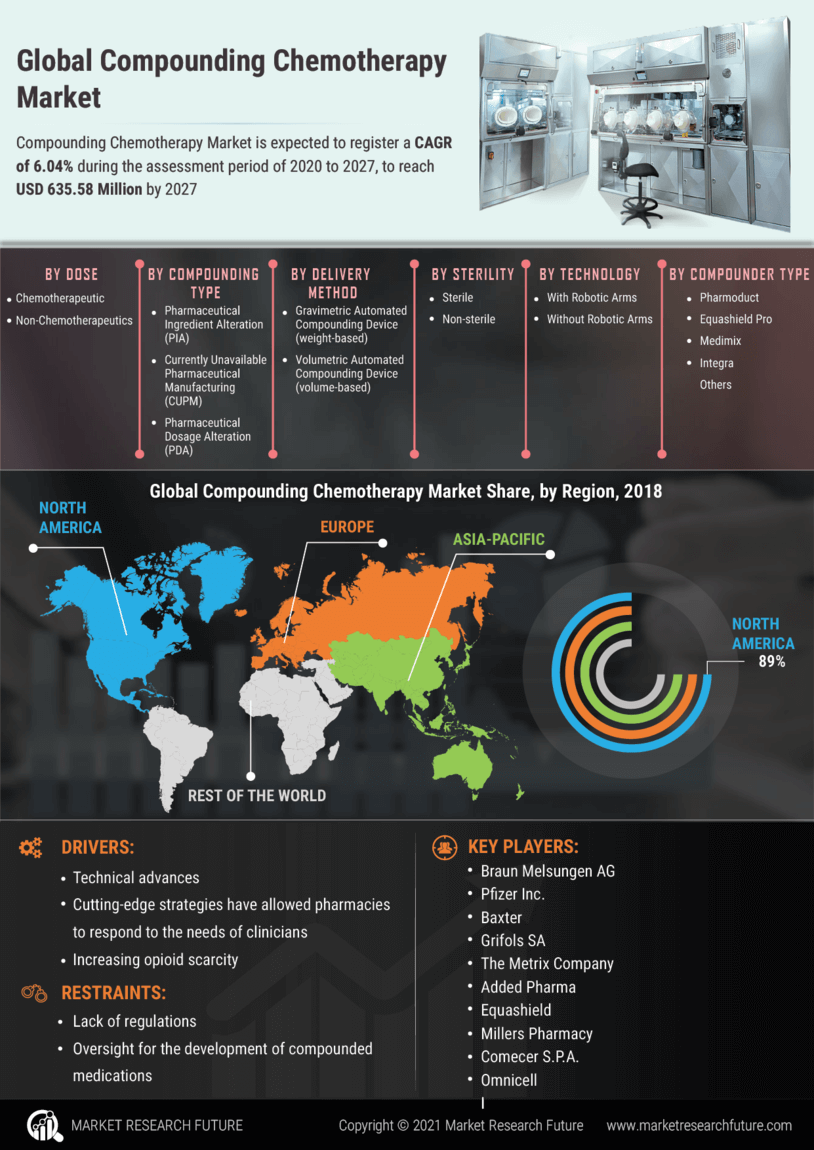

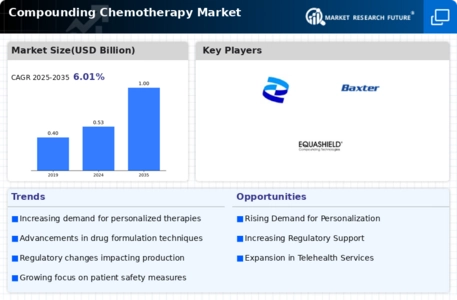
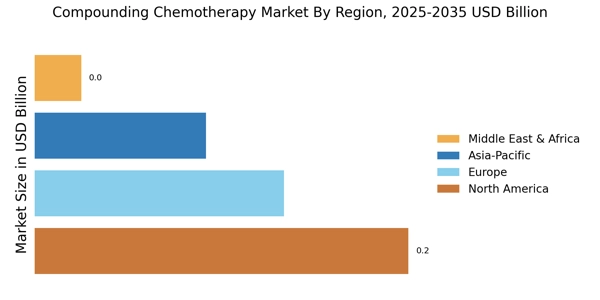
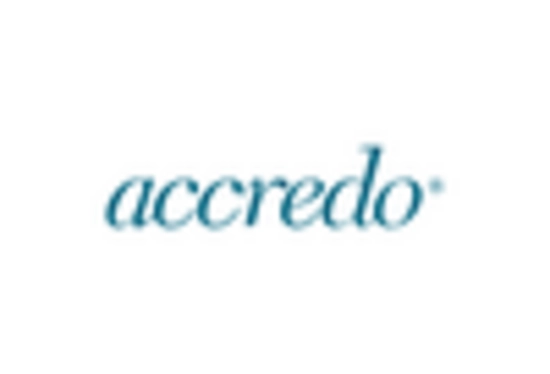


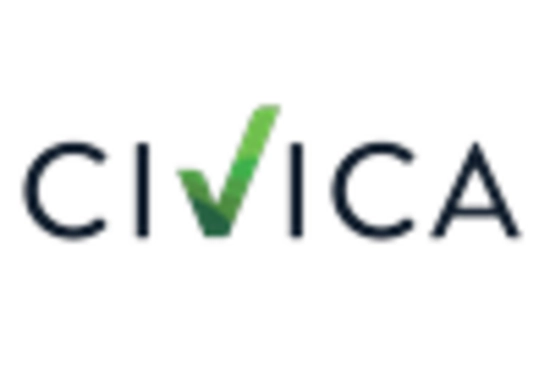
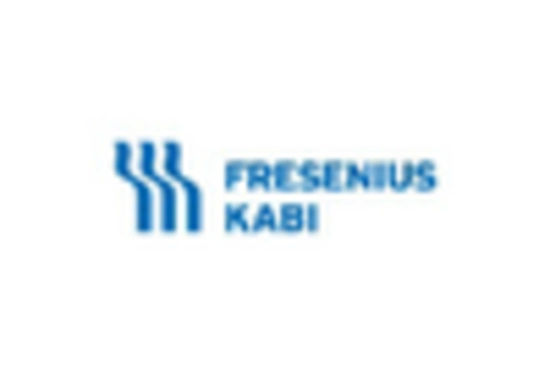









Leave a Comment